Ultimate Guide to Finding Graphic Design Inspiration
Have you ever stared at a blank canvas, struggling to develop a fresh, innovative design? As a graphic designer, inspiration can be elusive, and seeking out new sources of creativity is a vital part of the design process. This guide will explore how you can find graphic design inspiration, from online resources to offline sources and traditional to modern styles.
As a graphic designer, pursuing inspiration is like an invigorating treasure hunt, searching for the spark that ignites the creative flames. Inspiration is a force that drives the designer’s ingenuity, infusing artistry and vision with purpose, and ultimately leads to original, captivating and compelling designs that mesmerise the senses.
Without inspiration, graphic designers can only muster ordinary ideas without imagination or spirit. Inspiration fuels creativity, providing the power to brave boundless territories and push through the darkest moments of designer’s block. The lack of inspiration can lead to losing focus, which can quickly turn to frustration and dissatisfaction. To break out of this slump, designers must delve into the depths of their imagination and explore innovative design techniques that provoke thought and inspire new ideas.
To achieve inspiration, designers must tap into their inner selves and seek the beauty of natural elements such as trees, animals, or architectural structures. Travelling is also an excellent way to revitalise energy and help designers think outside the box. The colours and textures of different cultures, the landscape, the music, and the food all bring excitement to mind and spark creative mindsets.
Moreover, Inspiration helps designers get in touch with their audiences, creating designs that resonate with people’s aspirations, goals, and dreams. It allows designers to convey messages and ideas quickly and in a relatable format that draws attention to the critical elements of the design.
Ultimately, inspiration is the driving force behind every successful designer. It is the essential tool that transforms a blank page into a work of art, captivating the viewer’s attention and stimulating their senses. By embracing inspiration, designers can leverage their unique talents, developing designs that stand the test of time and leave a lasting impression on the world.
Table of Contents
Online Resources
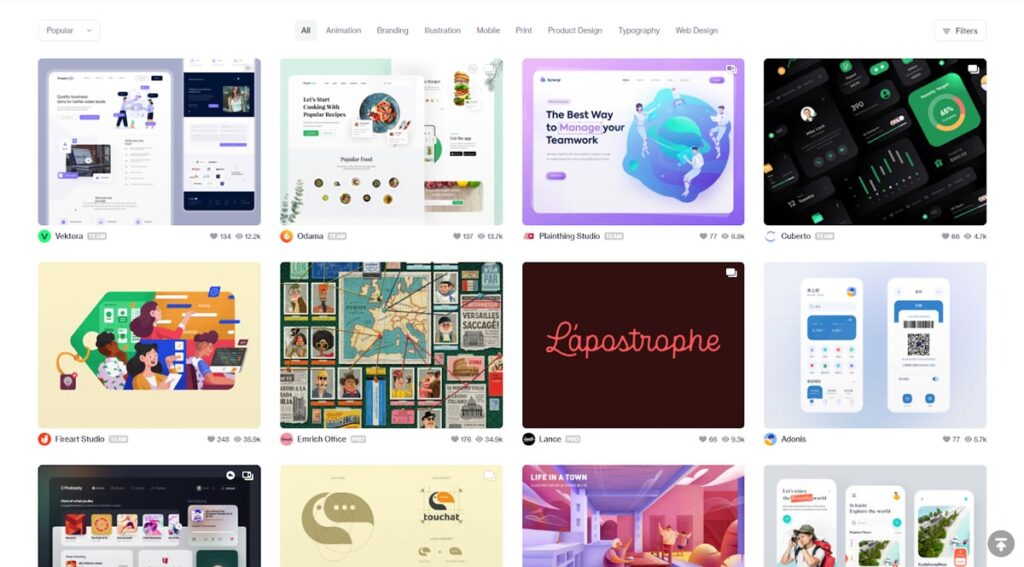
Graphic design is a vibrant and constantly evolving field. As a result, graphic designers must stay up-to-date with the latest trends and techniques to ensure that their work is fresh and innovative. One of the best ways to do this is to seek inspiration from various online platforms catering to graphic design enthusiasts. Here’s an overview of some popular online platforms that can help graphic designers find inspiration.
Social Media Platforms
Social media platforms such as Instagram and Pinterest are excellent resources for graphic designers. They are popular among designers for their visual elements and interactivity. Instagram allows designers to explore various designs, from graphic posters to illustrations and animations, while Pinterest is an excellent way to gather and organise design ideas.
Design-Oriented Blogs and Websites
Design-oriented blogs and websites are an excellent way to stay current on the latest trends and techniques in graphic design. They offer nonstop inspiration through design showcases, tutorials, and interviews with designers. Some popular examples of design-oriented blogs and websites include Creative Bloq, Design Milk, and Abduzeedo.
Online Design Communities
Online design communities such as Behance and Dribbble are highly interactive platforms that allow graphic designers to showcase their work, receive feedback, and discover new designs. These communities are a fantastic way to connect with other designers worldwide, share your work, and find inspiration for your next project.
Stock Image Websites
Stock image websites like Unsplash and Pexels are popular among graphic designers as a source of visual inspiration. These websites offer a vast collection of royalty-free photos, videos, and illustrations that can be used in your designs. They are ideal for finding images that can be used in your design as a background or an image element.
Examples of Popular and Well-Designed Platforms
Many online platforms can be used for graphic design inspiration, but some of the most popular and well-designed ones include the following:
- Instagram – a visual-based platform that allows designers to explore various designs, from posters to illustrations and animations.
- Behance – a community-driven platform that allows designers to showcase their work, receive feedback, and find inspiration for their next project.
- Pinterest – a platform that allows designers to explore and organise design ideas.
- Unsplash – a stock image website that offers a vast collection of royalty-free photos, videos, and illustrations that can be used in your designs.
Tips for Navigating and Using these Platforms
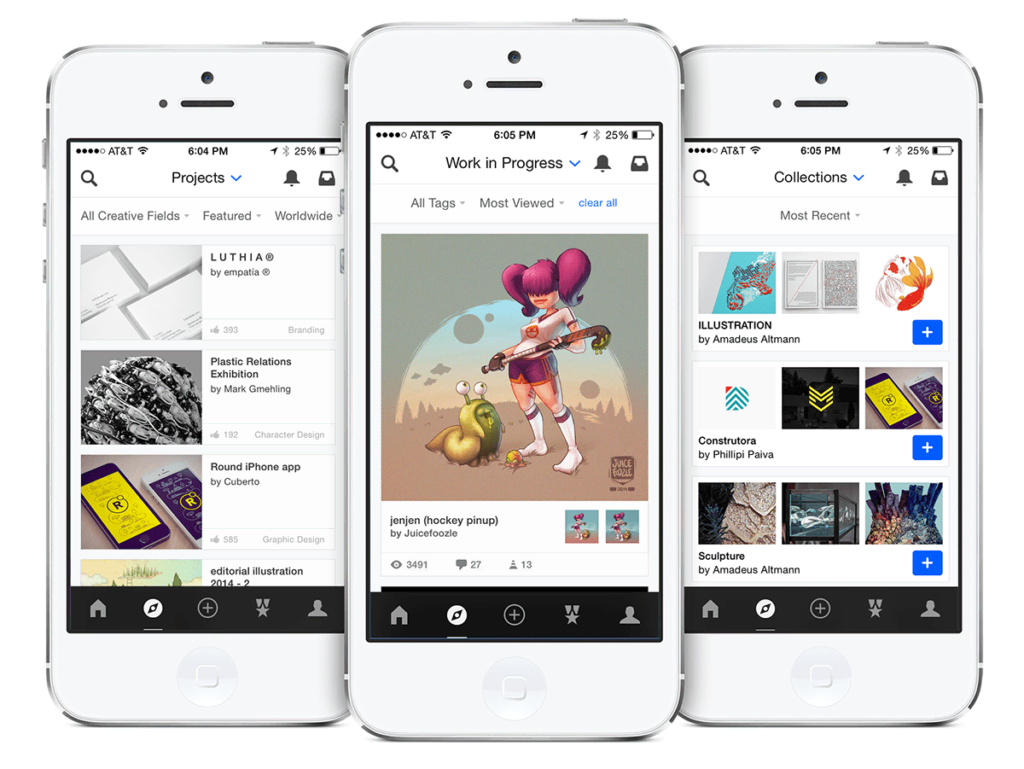
Navigating and using these platforms can be overwhelming, but here are some tips to help:
1. Use search and filter tools to find inspiration specific to your needs.
2. Create a digital inspiration library by bookmarking or saving your favourite designs.
3. Use curated lists and tags to find designs that match your interests.
4. Limit your time on each platform to avoid feeling overwhelmed by the sheer content volume.
In summary, online platforms provide a wealth of inspiration for graphic designers. Using social media platforms like Instagram and Pinterest, design-oriented blogs and websites, online design communities like Behance and Dribbble, and stock image websites like Unsplash and Pexels, designers can stay up-to-date with the latest trends and techniques. With these tips for navigating and using these platforms, finding your next brilliant design idea is only a few clicks away.
Offline Sources

In today’s digital age, graphic designers can access many online sources for inspiration. However, offline sources can be just as valuable for finding fresh design ideas. Here’s a closer look at some offline sources that can be used for graphic design inspiration:
Art Museums and Galleries
One excellent source of inspiration is art museums and galleries. These venues serve as a treasure trove of visual stimuli for graphic designers. Viewing classic works of art can spark creative thinking and inspire innovative designs. Galleries showcase contemporary art that reflects current cultural trends and ideas. By immersing themselves in the world of fine art, designers can expand their artistic horizons and create more sophisticated designs.
Typography on Everyday Objects
Typography is an essential aspect of graphic design, and designers can find inspiration in the typography of everyday objects. Packaging, signage, and advertisements are examples of everyday items designers can use for inspiration. By observing various typographic styles in real life, designers can develop their unique style and find inspiration for designing cohesive and compelling messages.
Printed Materials Such as Magazines, Brochures, and Packaging
Printed materials, such as magazines, brochures, and packaging, are valuable sources of inspiration for graphic designers. These materials have been professionally designed and offer excellent examples of typography, layouts, and colour palettes. Designers can study printed materials and explore the various design elements to create compelling designs.
Benefits and Limitations of Using these Sources
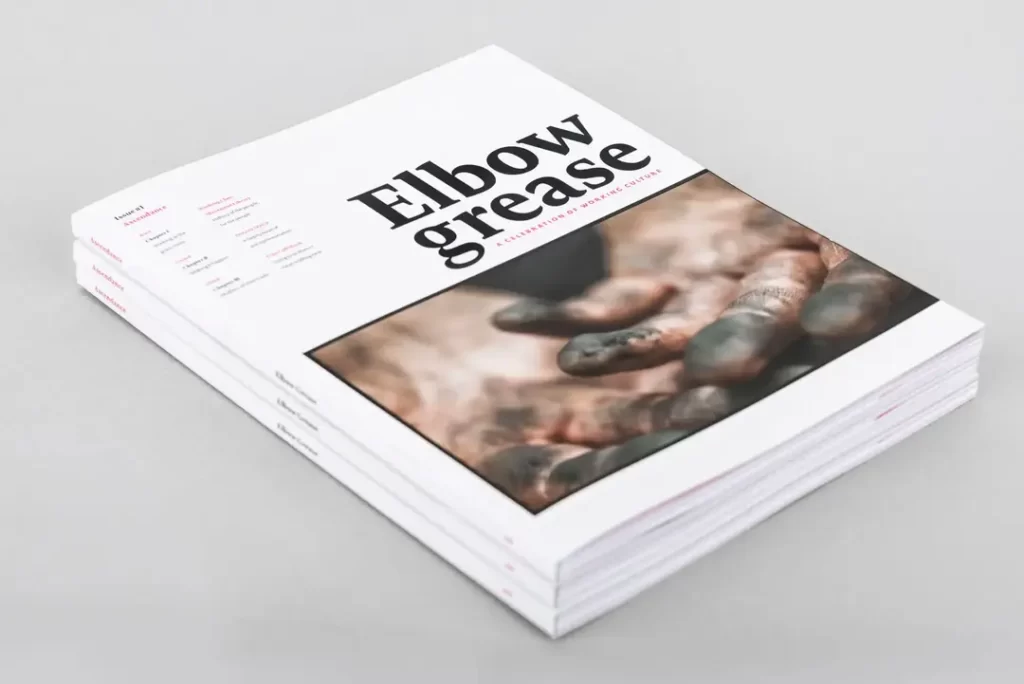
While offline sources can be valuable for graphic design inspiration, there are benefits and limitations to consider.
Benefits of Seeing Designs in Real Life
The most significant benefit of offline sources is seeing designs in real life. This allows the designer to see colours, textures, and patterns in their natural context. It also allows the designer to interact with physical materials, which can lead to the inspiration that digital sources cannot provide.
The Limited Availability of Certain Materials
One of the limitations of using offline sources of inspiration is that certain materials may not be readily available. For example, accessing rare printed materials or travelling to different art museums worldwide can be challenging and expensive. This can restrict the amount of inspiration that designers have access to.
The Challenge of Curating and Organising Physical Inspiration
Curating and organising physical inspiration can be challenging. Offline sources can generate overwhelming material, leading to clutter and disorganisation. Unlike digital sources, physical inspiration cannot easily be stored and organised. However, with careful planning and organisation, offline sources can be just as valuable as digital sources.
In conclusion, offline sources can be a valuable source of design inspiration for graphic designers. Art museums and galleries, typography on everyday objects, and printed materials such as magazines, brochures, and packaging offer a wealth of visual stimuli that can lead to fresh ideas and inspiration. While there are limitations to using offline sources, the benefits of seeing designs in real life make it a worthwhile endeavour. By exploring offline sources, designers can create unique and compelling designs that stand out in the constantly evolving world of graphic design.
Traditional Styles
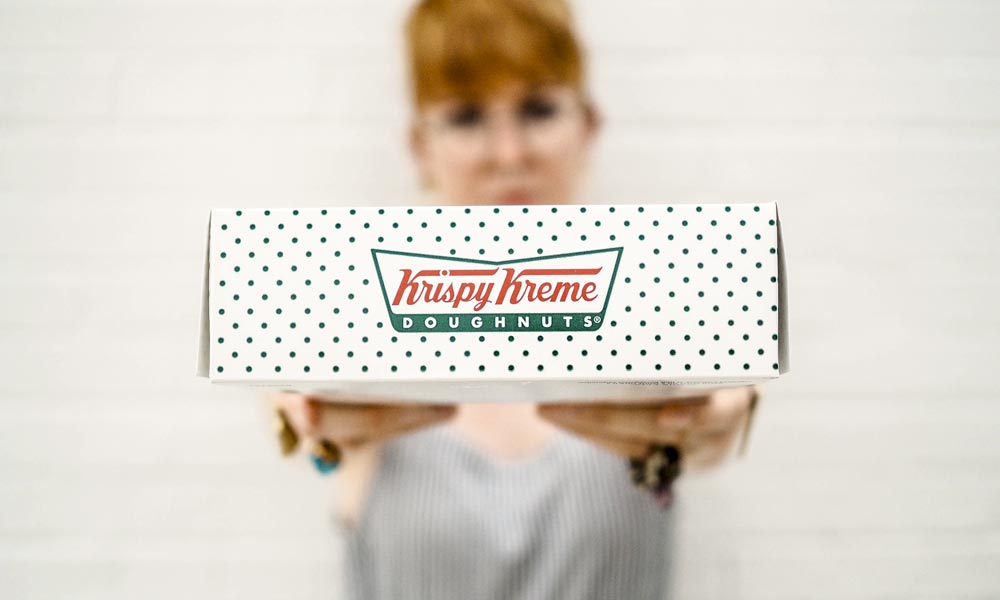
Design is constantly evolving, with new ideas and styles always emerging. However, traditional design styles can still be a valuable source of inspiration for modern designers. In this article, we’ll explore how conventional design styles can inspire modern design and provide examples of styles that can be adapted to create fresh, contemporary designs.
Traditional Design Inspiring Modern Design
Learning from traditional design styles can provide a foundation for a contemporary design that reflects and reinstates the design choices made by those who came before us. Hence, conventional design styles can inspire modern design by providing an aesthetic that feels familiar yet completely new, timeless yet edgy, and classic yet contemporary. Whilst these stylistic decisions can add a sense of history to your design, they can also help you achieve a broader interpretation of traditional and familiar design styles while incorporating modern techniques, giving a sense of continuity and unionism between past and present.
Examples of Traditional Art and Design Styles
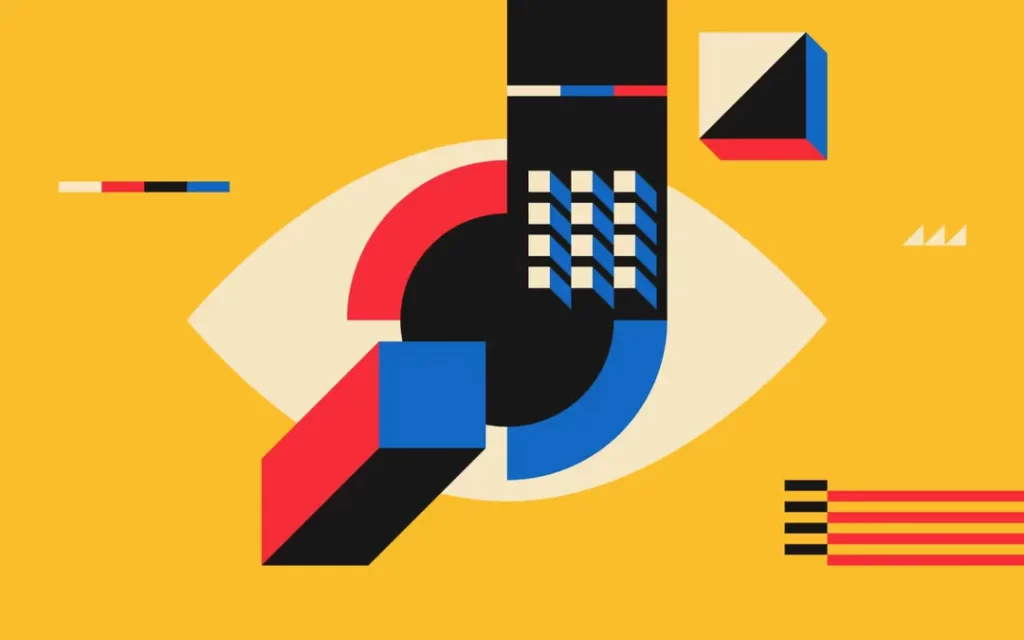
Several traditional design styles can inspire contemporary design:
Art Nouveau:
Art Nouveau is an artistic style that emerged in the late 19th and early 20th centuries. Flowing lines, nature-inspired motifs, and ornate decorative elements characterise it. Art Nouveau can be adapted to contemporary design using modern typography, sophisticated typography, geometries and subtle colour palettes that refine the sensations inherent in the Art Nouveau style without being overwhelming.
Art Deco:
Bold geometric shapes and vivid colours characterise art Deco. It was popular in the 1920s and 1930s and is still known for its glamorous, high-end aesthetic. To incorporate Art Deco elements into modern design, choose bold clean, sans-serif typefaces, straight lines, and impactful contrast whilst maintaining its identifiable boldness.
Mid-Century Modern:
Mid-Century Modern design gained popularity in the 1950s and is known for its clean lines, minimalism, and use of natural materials. This style can be adapted to contemporary design by incorporating modern typography, bold colour palettes, and unexpected texture and materials.
- Amazon Kindle Edition
- Lupton, Ellen (Author)
- English (Publication Language)
- 629 Pages – 07/14/2015 (Publication Date) – Princeton Architectural Press (Publisher)
Tips for Incorporating Traditional Design Elements into Modern Designs
When incorporating traditional design elements into modern designs, finding the right balance between old and new is essential. One integral approach can be updating colour palettes and materials to give a fresh twist, taking from traditional design values and adapting them to more modern stylistic choices by applying contemporary detailing, tonal shifts, or simply contrasting unique materials with modern techniques. Additionally, using a light hand with traditional design elements instead of overcompensating can lead to an outdated look.
Another helpful tip is to rely on the fact that the design inspiration you draw is the foundation from which your unique design interpretation springs. Doing so allows you to maintain a sense of honour to traditional styles while creating something new and innovative.
Modern Styles
Modern design is all about innovation and is driven by a desire to simplify, streamline, and create functional yet visually pleasing designs. By exploring contemporary design styles, designers can gain insights into new techniques, approaches, ways of thinking, and visual trends that they can use to inform their work. From colour choices and design elements to typography and layout, modern design styles offer a range of opportunities for designers to be inspired and creative.
Examples of Modern Design Styles

There are several modern design styles that you can use for inspiration:
Flat Design:
Flat design is a simple yet powerful design style. It features minimalistic elements and crisp, clean lines that give the impression that the design is 2D. The flat design trend has taken hold across the design industry, with many apps and websites utilising minimalist design elements to convey their messaging cleanly.
Material Design:
Material Design is a language developed by Google that prioritises clean, bold designs incorporating depth and motion to replicate real-life materials. Material Design utilises bright, bold colours, plenty of whitespaces, and tactile design elements that entice users to engage with the design playfully.
Brutalism:
Brutalism is characterised by stripped-down, essential design elements that are unapologetically exposed in the design. Brutalist designs eschew the usual polished design elements and instead focus on raw materials, basic functionality, and practical use. Brutalism allows designers to create a raw, honest visual message that is as powerful as it is transparent.
- Amazon Kindle Edition
- Meggs, Philip B. (Author)
- English (Publication Language)
- 2411 Pages – 05/16/2016 (Publication Date) – Wiley (Publisher)
Tips on Adapting Modern Design Styles
When using modern design styles as inspiration, it’s important to avoid using them as a formula. Instead, take cues from the style and incorporate them in ways that fit your project’s goals and messaging. Additionally, you must be careful not to use too many elements from one style, as it can result in a design that looks dated quickly. Instead, finding the right minimalism and simplicity is critical to giving a fresh and timeless effect.
It’s also essential to be mindful of blind trend following, as trends quickly come and go, forcing the brand or business to reinvest to catch up to the current trend or lose relevance completely.
Modern design offers a wealth of inspiration for designers looking to create fresh and innovative designs. By exploring contemporary design styles like flat design, material design, and brutalism, designers can gain insights into new techniques, ways of thinking, and visual trends. Designers must adapt modern design styles, always finding the right balance between their project goals and the methods they acquire from current design. Doing so ensures they stay fresh and contemporary while creating designs that stand the test of time.
Combining Styles
While exploring traditional and modern design styles can offer designers a wealth of inspiration, the most innovative ideas often come from combining different sources and kinds of inspiration. Combining various sources of inspiration can lead to fresh, unique, creative design ideas that are fresh and eye-catching.
Blending Different Sources of Inspiration
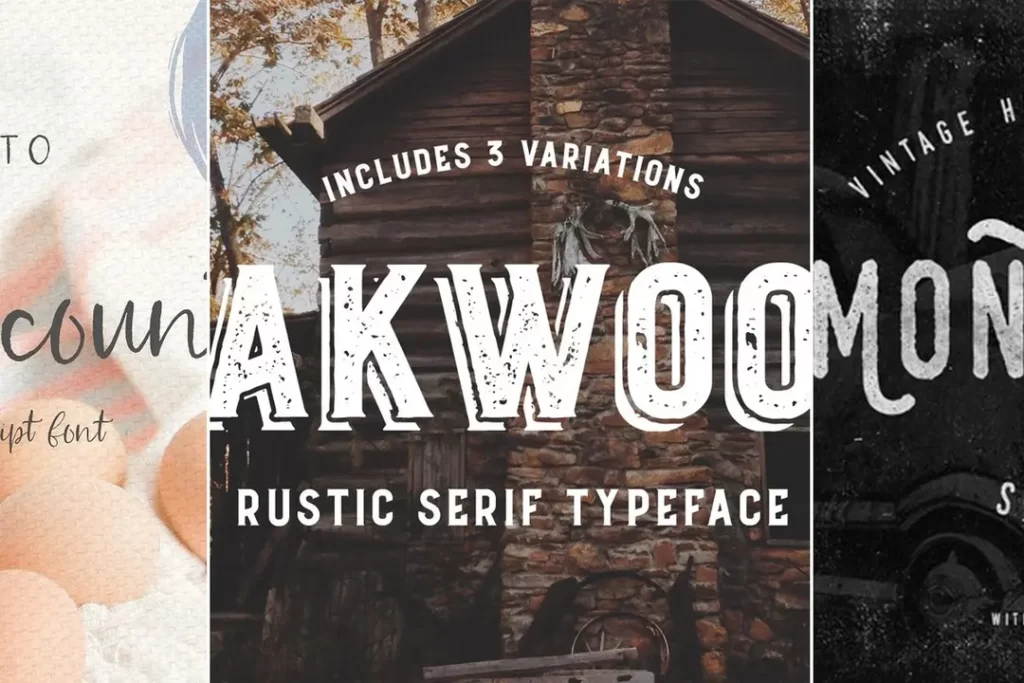
Combining two distinct design styles creates a fusion not limited to either class, often yielding a unique and sophisticated end product. Here are a few examples of different sources of inspiration that can be blended:
Rustic-Modern:
Blending the warmth and texture of rustic charm with the sleek, minimalist design of modern trends can create an exciting and impactful design. Rustic-modern designs often feature natural materials like wood and stone in combination with elevated typography and sleek layout designs.
Futuristic-Retro:
When you combine the sleek futuristic design of science fiction with the retro design of the 70s and 80s, the result is a collision of the old and new, creating a unique, visually captivating design. In futuristic-retro designs, you’ll often see metallics and bright neons combined with vintage-inspired shapes and typography designs.
Organic-Minimalist:
Organic-minimalist design features natural, flowing elements paired with clean, simple shapes, which complement and elevate each other. Blending the minimalist aesthetic with organic design elements allows you to create unique designs grounded and rooted in nature while being clean and modern.
Tips for Successfully Combining Different Styles
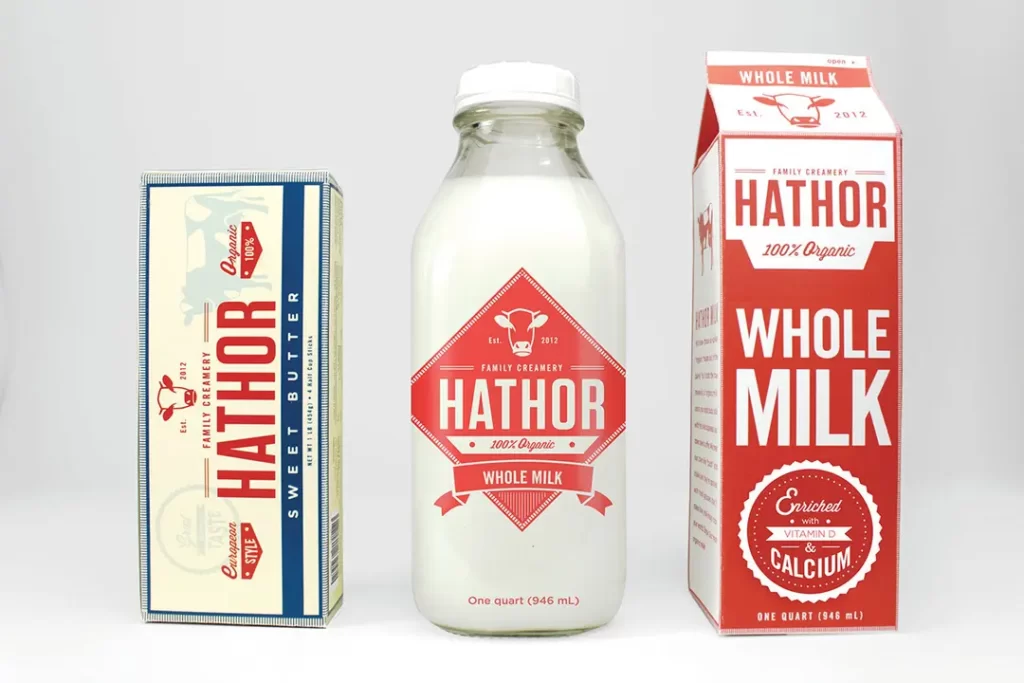
Successfully combining different inspiration styles can be a delicate process, but the rewards are in designing an innovative and visually appealing product. Here are a few tips to keep in mind while blending different styles:
Balancing Competing Elements:
Combining different sources of inspiration can produce visually striking designs, but balancing these competing elements is vital. Ensure one design style does not overpower another and works harmoniously to convey your desired message.
Keeping a Consistent Overall Theme:
While you want to combine different sources of inspiration, it’s essential to remember an overall design theme, which maintains consistency throughout the design. Consistency in design is vital to ensuring your message is clear and understood. The theme, whether by colour, typography, or graphic design elements, unifies different inspiration sources that work together, irrespective of their origins.
Cultivating Inspiration
Finding inspiration can sometimes feel like an uphill battle for a graphic designer. However, finding ways to source inspiration to create fresh, innovative designs regularly is essential. Here are some tips on how graphic designers can consistently find inspiration and brainstorm new ideas:
- Hardcover Book
- Heller, Steven (Author)
- English (Publication Language)
- 224 Pages – 05/27/2014 (Publication Date) – Laurence King Publishing (Publisher)
Keeping a Design Journal or Sketchbook
Keeping a design journal or sketchbook is an excellent way for designers to collect and collate their ideas and track their artistic journey. This journal can comprise notes, sketches, reference images, or anything designers think will enhance creativity. This ensures that every design project started builds upon ideas from past successes and failures, offering a treasure trove of inspiration and ideas.
Collaborating with Other Designers

Collaborating with other designers can bring a new perspective to your design work. By collaborating, graphic designers can learn from each other, gain insights into new techniques, and source new inspiration for their work. The shared experience leads to unique and innovative design ideas that solve creative problems differently. It’s easier to discuss ideas, brainstorm, and receive valuable feedback from other designers to keep each other’s creative fire burning.
Taking Breaks and Allowing Time for Your Mind to Wander
When facing creativity/designer’s block, sometimes, it’s best to take a break and allow your mind to wander. Creativity and inspiration materialise more often when we aren’t actively looking for them – when we allow our minds to wander, observe our surroundings, and take in the sights and sounds around us. Whether going outside to recharge and refresh, taking a walk, or taking time to read, take a breather to allow that mental freshness to take hold. Your mind will often start incubating ideas that nourish and inspire new designs.
Conclusion
In conclusion, graphic design inspiration is all around us, and it’s up to us to seek it out and be open to it. By exploring and experimenting with different styles, sources, and platforms, graphic designers can cultivate their creativity and find fresh new ideas. Remember, the best design comes from a place of inspiration, passion, and hard work. Happy designing!
Last update on 2024-05-19 / Affiliate links / Images from Amazon Product Advertising API



